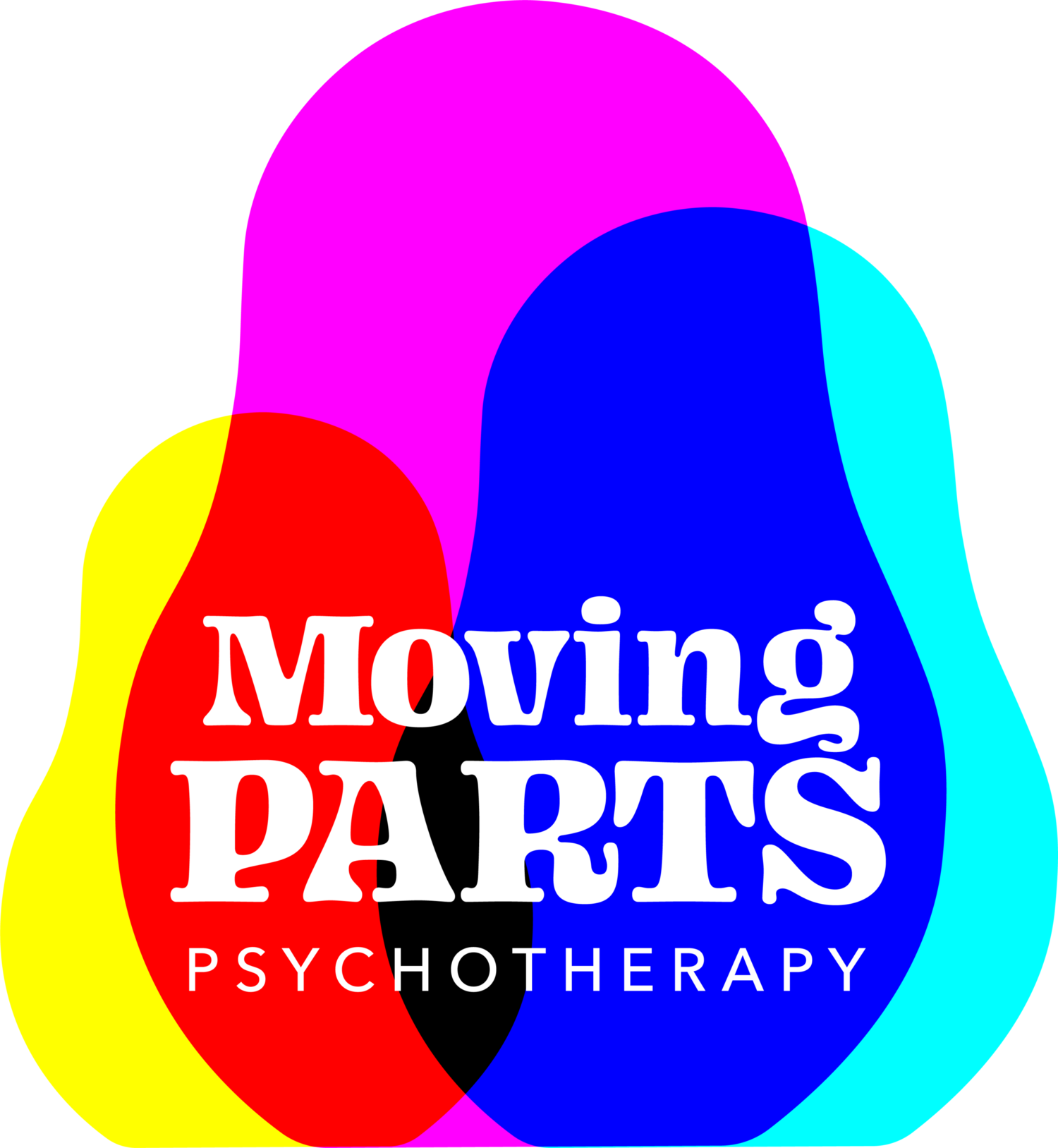Discriminatory Legislation and ambiguous loss
“Tuesday May 2, 2023
As I sit in one of the galleries of the Texas State Capitol, politicians discuss topics and make decisions about the second largest and second most populated state on switch boards faster than I can even comprehend. The gallery is packed, one side side filled with an anti-lgbt organization in red shirts, the other filled with LGBTQ folks and ally’s. Senate Bill 14, the ban on gender affirming care for minors, is being heard for what feels like the 100th time, and the energy in the room is tense. Within the next 30 minutes, the gallery will be cleared, a protest will break out, DPS will tackle an advocate to the floor, and everyone will be pushed out of the capitol. I have assumed the position of crisis care, assisting my fellow protestors and advocates through breathing and regulating while we do not have the access to watch these politicians try to strip us of our rights.”
As I recount the 88th Texas State Legislative session, all I can think of is the loss so many Texans faced. As a queer person, I feel pain and loss for my younger queer and trans siblings, as they grow up in a state that has made it clear that they do not fit within texas values. As a trauma therapist, I recognize the traumatic and ambiguos loss that the LGBTQ+ community is experiencing as a whole is deep and scholarly unexplored. Loss and grief scales far beyond the loss of a loved one, or the loss of one’s job. For marginalized communities and identities, grief and loss is constant and cyclical, yet we don't see it being explored in an academic settings.
Ambiguous Loss was coined in the 1970s and continues to broadly mean a loss without confirmation of being able to obtain closure. In this case, I am meaning ambiguous loss of something that is not a person or a tangible thing. The instance of losing one's human rights or the feeling of losing security is in itself ambiguous. But how do you grieve an ambiguous loss? How do we grieve and lay to rest an intangible thing? Do we make it tangible? Hold a ceremony with a physical object to symbolize the intangible thing? Grapple with hope that may be fleeting?
According to Dr. Paulina Boss, Author of the Myth of Closure: Ambiguous Loss in a Time of Pandemic and Change and Ambiguous Loss: Learning to Live with Unresolved Grief symptoms of ambiguous loss can include anxiety, depression, confused identity, hopelessness, helplessness, increased ambivalence, anxious attachment, and frozen grief. Boss focuses on our brain's inability to accept ambiguity, which feels odd because one of our developmental milestones is developing the ability of abstract thought. In contrast, grief (as we have known it) is very black and white: something or someone was here and now they are not. As I have explored the work of ambiguous loss, suggestions for treatment lie within building resilience to ambiguity. Rather than resilience, being able to bounce back with ease, I suggest building tolerance through exposure. Building tolerance through exposure may be having conversations (with yourself and others), community, to hold ceremonies to symbolize the loss, familiarize yourself with the emotions that have increased since the loss, and become aware of the cognitive connections you are making. These, along with other community practices, allow your brain more space to process the ambiguity of your loss and start moving you through a grief journey that is less frozen and more fluid.
Following the Texas State 88th legislature and the incredibly deadly year for LGBTQ+ people in the US. I found myself grieving silently, comparing my grief to tangible loss and almost diminishing my emotions. But, I also found myself seeking out queer spaces and reminding myself of community self care and the power that being a member of the LGBTQ+ community comes with: community itself.
Community healing practices have been present throughout time. In western communities, we see a high rate of internalization and isolation, fitting into the tenants of white supremacy and individualism. In other communities and cultures we see a trend of turning towards the group for support such as walling ceremonies or death wails that exist in indigenous communities throughout the world. In other communities it may look like gathering, singing, eating, holding prayer, and turning towards elders. The University of Illinois Program for Research in Humanities developed the Communities Healing and Resistance through Storytelling (C-HeARTS) Collaborative to explore the relationship between racial and historical trauma and healing. This framework highlights the importance of community storytelling, justice and connectedness. I believe this can be somewhat applicable to ambiguous loss. Rather than healing, community work and storytelling may assist in a fluid grieving process to find a new normal.
What I have learned from my grieving journey as a person, is that although it is different, it is still grief, it is a typical reaction, and I have a community behind me feeling the same way if I ever forget that. What I have learned as a therapist, although similar, is that while these reactions are typical and widely felt and discussed in community settings - they do not seem to be widely explored or researched. The occurrence of grief following political discrimination and targeting is a gap in research and grief application, one that I hope is filled within the coming years.
https://www.ambiguousloss.com/
https://psycnet.apa.org/record/2020-51521-001
